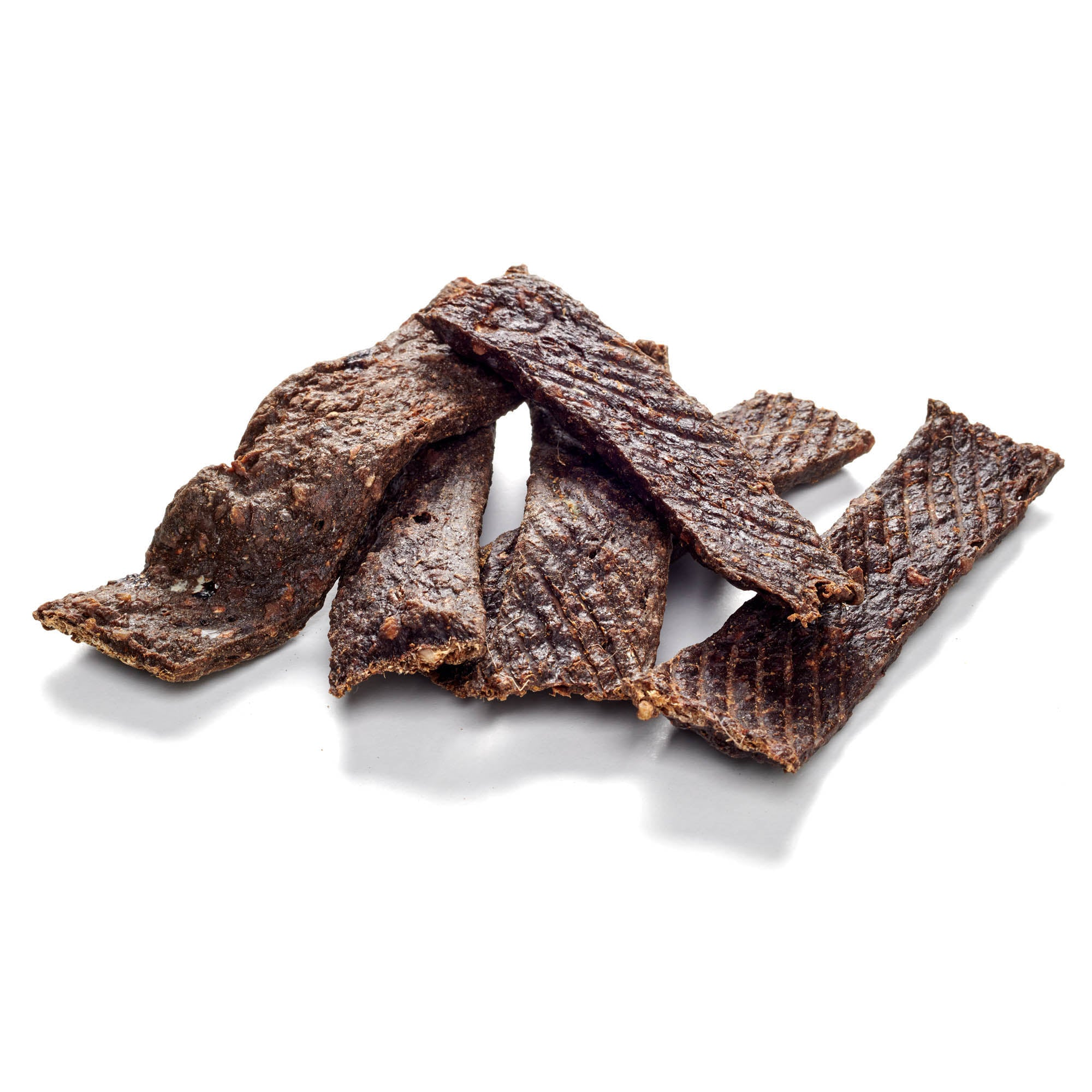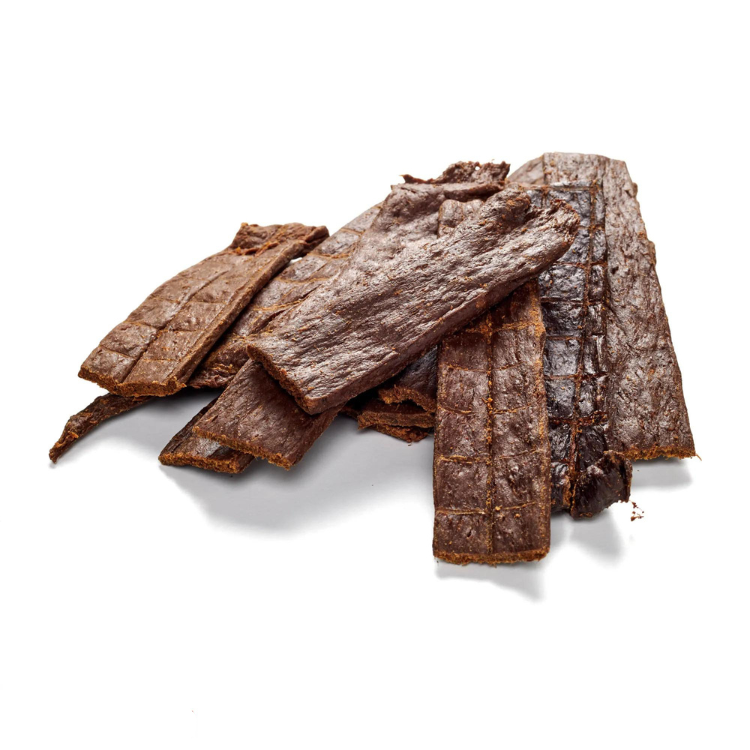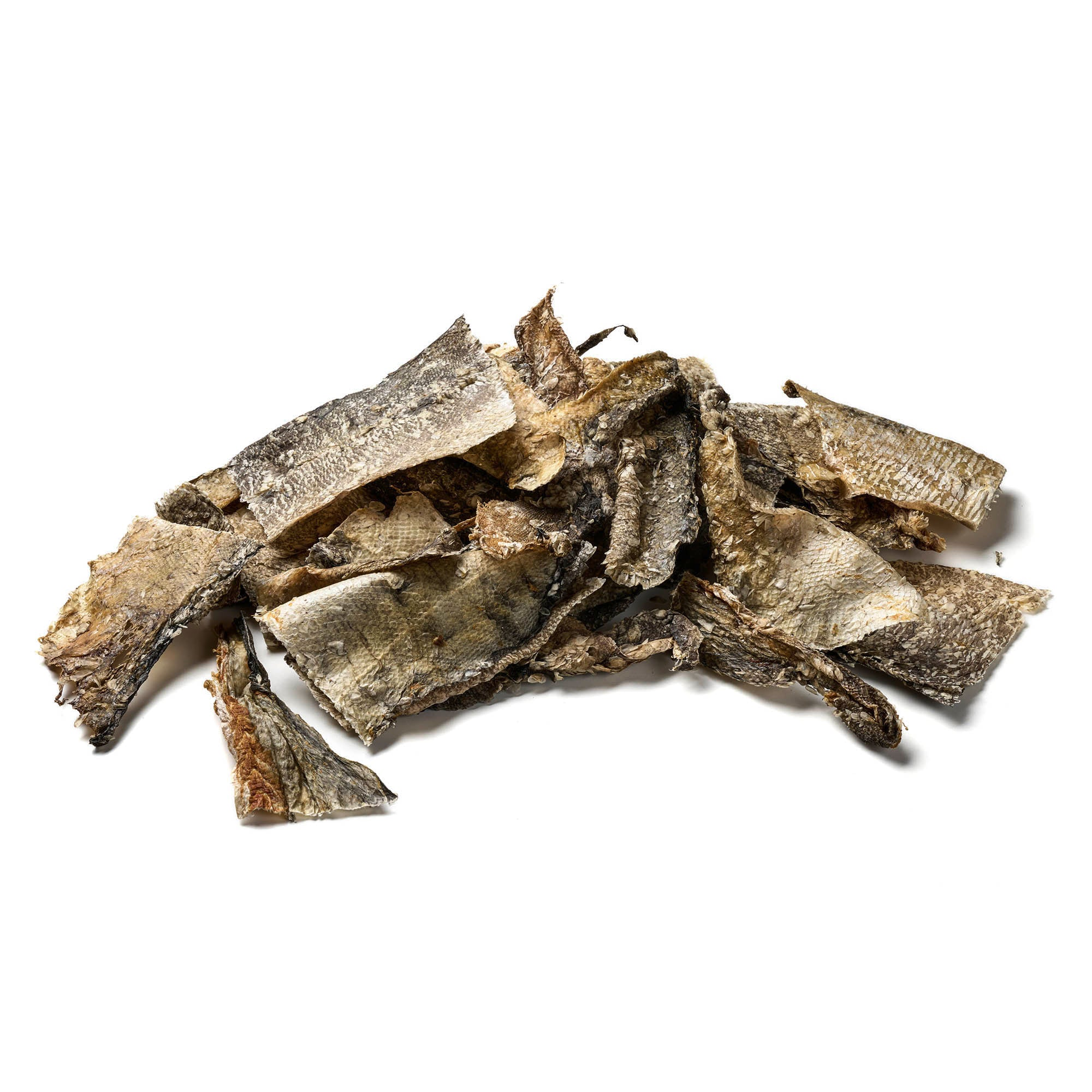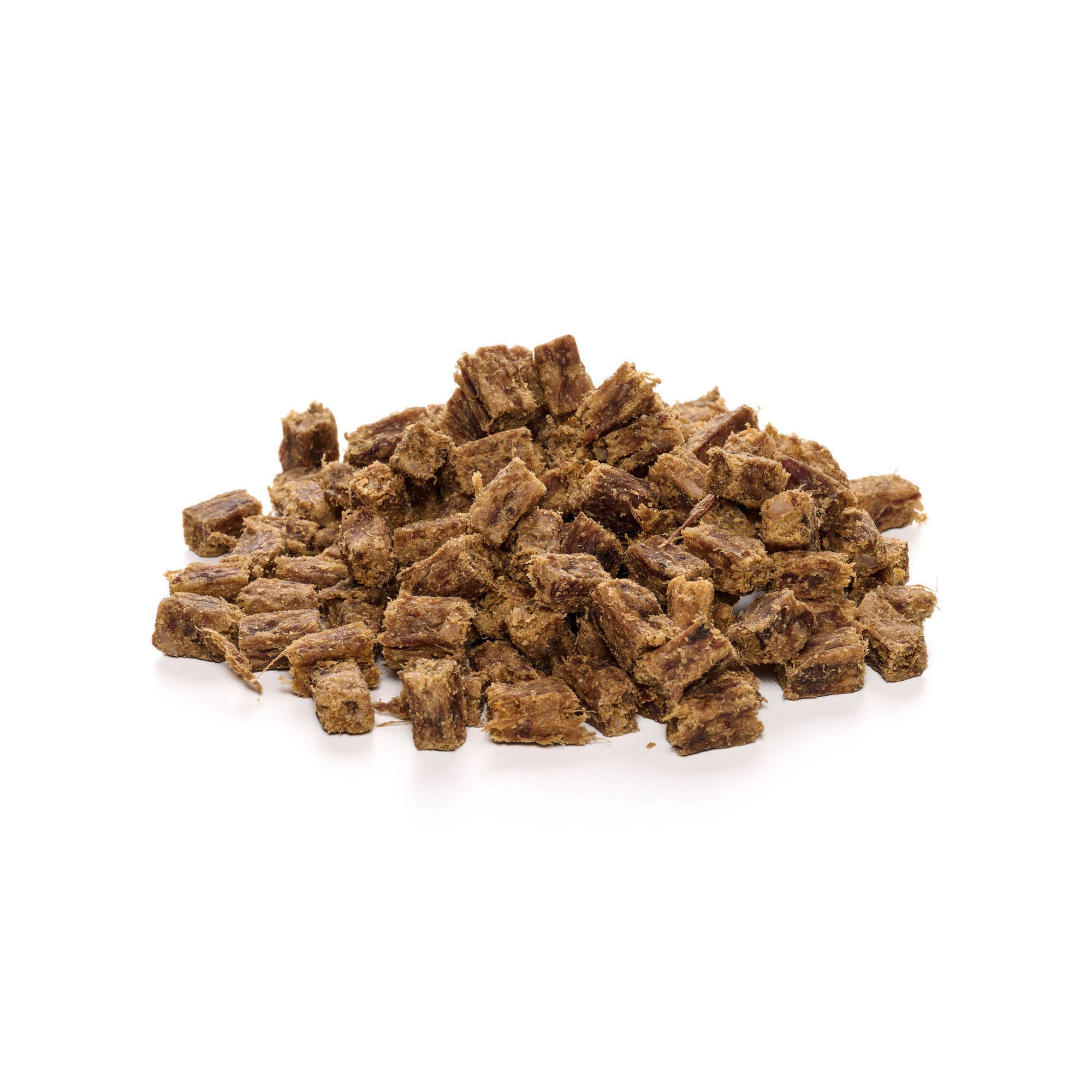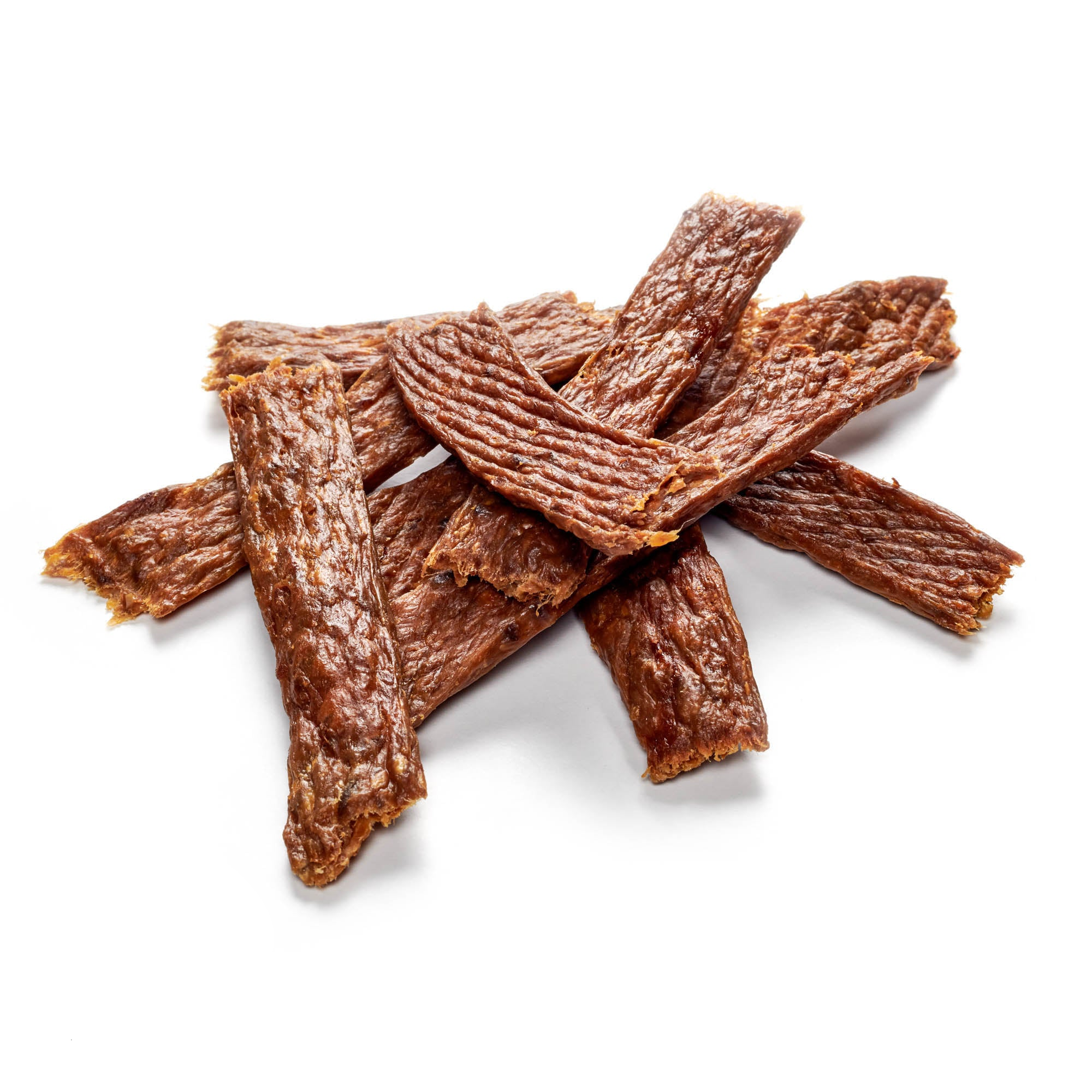
Jogging with dog
Share
Jogging with a dog - tips and tricksNo matter where your motivation for wanting to go jogging with your dog comes from, it is very important to pay attention to a few points so that you both enjoy it. We have put together some tips and tricks for you here, so that nothing will stand in the way of racing together.
No matter where your motivation for wanting to go jogging with your dog comes from, it is very important to pay attention to a few points so that you both enjoy it. We have put together some tips and tricks for you here, so that nothing will stand in the way of racing together.
Content: Jogging with a dog
- Which dog is suitable for jogging?
- The age
- The physical condition
- Physical limits - How long are you allowed to jog?
- Which weather is best?
- This is how you get started!
- A few more tips
- Conclusion
Which dog is suitable for jogging?
There are some dog breeds that do not cope well with this unusually strong physical stress. These include, among others, all short-legged dogs such as bulldogs or pugs, which can also have breathing problems due to their flattened snouts. Overall, it can be said that all larger dogs such as German Shepherds, Golden Retrievers or Labradors like to run longer distances. But there are also some endurance runners among the “little ones”. To be on the safe side, it is always a good idea to discuss your plan with the vet.
Discover the range of dog snacks in our store!
The age
A puppy doesn't yet have enough endurance to keep up with you. For this reason, you should at least wait until he is around his first year of life. If in doubt, it's better to wait a little longer than to start training too early! Here, too, your trusted veterinarian can work with you to estimate when you can start. Of course, the same applies to dogs of advanced age. For them, it also depends on how active they have been in the past and whether they have had any experience with jogging.
The physical condition
Just as you would advise a severely obese or otherwise ill person not to start doing a (not exactly joint-friendly) sport like jogging from scratch, you shouldn't force a dog with certain previous illnesses to do it either. As with the two variables “breed” and “age”, you can have your concerns clarified by the vet beforehand.
Physical limits - How long are you allowed to jog?
At this point you should have already found out whether jogging is even an option for your dog. If the answer is yes, age and size also play a role when it comes to estimating how long the four-legged friend will last. It should not be forgotten that even an active, bright dog that likes to run around has its limits and excessive physical exertion can put a strain on it. Unlike you, your dog doesn't follow a precise route, but will keep running back and forth through the bushes. You end up with a much longer running distance than yours combined!
Our tip: Put yourself in your own shoes. How would you approach such a task? The answer is to take it slowly. Jog for five minutes, walk easily for five minutes, alternating between each time, is a good way to get used to jogging. During the relaxed running phases, you can always pay more attention to your dog, how he breathes, whether he is happy and so on. The keyword here is development and habituation training. Approach it slowly.
Which weather is best?
The decisive factor here is the outside temperature. While most dogs don't mind the rain too much (exceptions prove the rule, as always), it's actually much more important to pay attention to whether it's warm or cold. At temperatures of -10 degrees to 15 degrees, your owner doesn't have to worry too much about the weather. However, if it is warmer, perhaps even hot, and the sun is shining, caution is advised! In summer it is important to plan for the cooler times of day, i.e. use the early morning hours or in the evening after sunset. It is better to avoid direct sunlight over a long period of time to avoid heat stroke!
This is how you get started!
Before you start training , it makes sense to make sure that some basic commands are in place. If this is not the case yet, it is better to first invest time in getting your dog to get to know and accept walking on a leash, for example, and listen to your commands in other ways.
Reward your dog with our high-quality chew products!
Heel walking
To train heeling, you can use homemade treats . If this already works for you, the next step is to try to increase the walking pace and get your dog used to walking on heel. By the way, walking and running together is a level that you can practice together even before the actual minimum age for jogging.
With leash
If everything is going well so far and your dog has reached the right age and size, you can now start practicing walking with a leash. Remember the build-up and habituation training! In order to get to the next stage (running without a leash), you can start after a while by letting the leash sag a little and playfully practice dealing with different situations such as changing direction, stopping, etc.
Heel walking without a leash
You will only reach this stage after a few hours of practice. Until then, be patient! Ultimately, this also requires a lot of trust – from both sides.
IMPORTANT: Be aware that walking your dog without a leash is not permitted everywhere. Before your run, find out exactly about the route you want to run and be considerate of your surroundings.
A few more tips
- Different breeds have different running characters. There are the sprinters like greyhounds or Labradors and there are the endurance runners like Jack Russell Terriers , Huskies or Dalmatians . Before getting a dog, it's worth thinking about which breed suits your personal running style if jogging together is important to you.
- There are special walking leashes in specialist stores that are more suitable for sporting activities than your usual walking leash.
- Just like you don't fill your stomach before running, you also shouldn't give your dog a large portion of food before you both start.
Conclusion
Once you and your four-legged friend have overcome or eliminated all critical points, nothing stands in the way of your training together! Remember to start with smaller rounds and plan enough breaks. Pay attention to signs of exhaustion such as extreme panting and always follow your dog as a guide! He sets the pace and length of your lap and not the other way around. Every beginning is difficult, but following these tips you should soon see positive results. Have fun trying!
Dog chews available for happy and satisfied four-legged friends!


